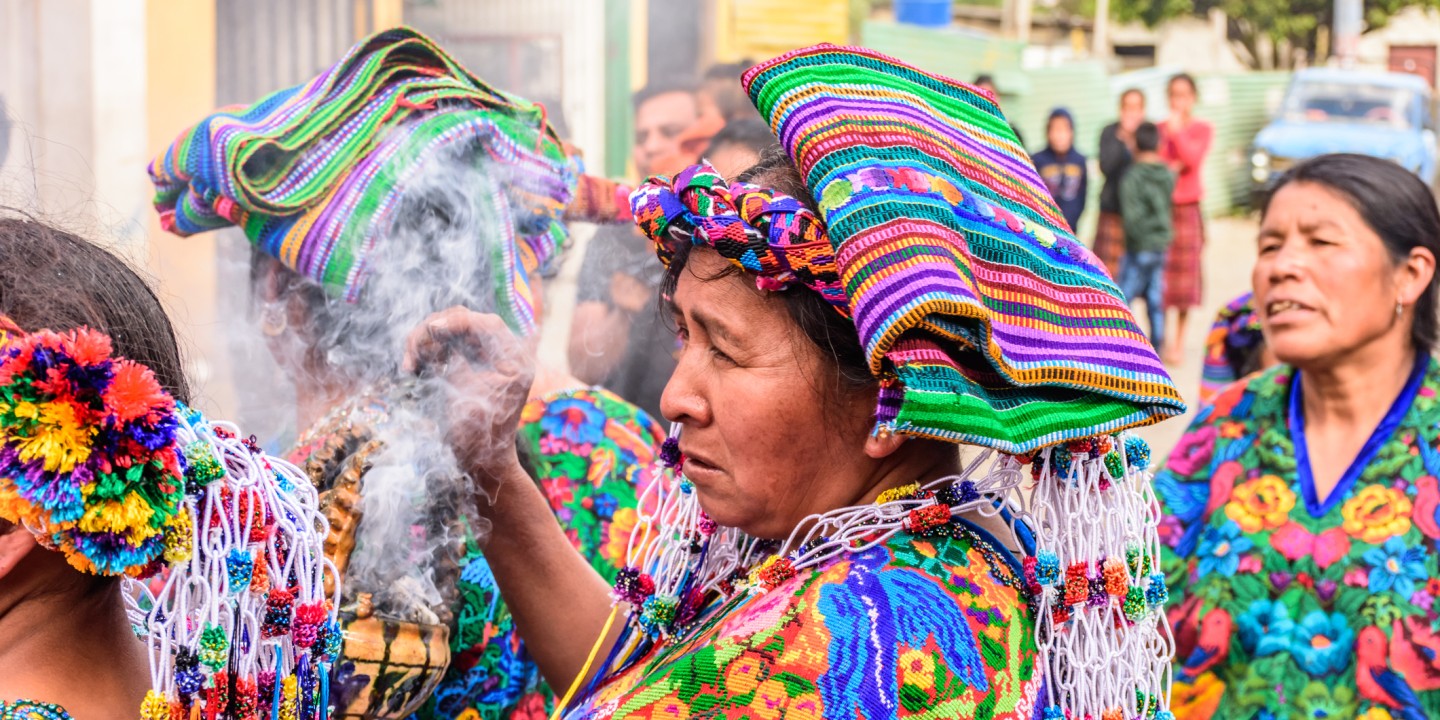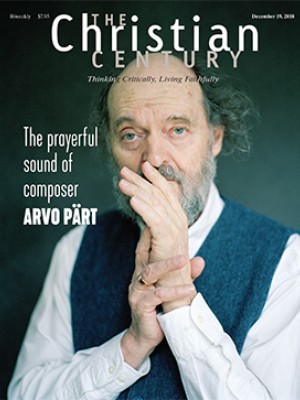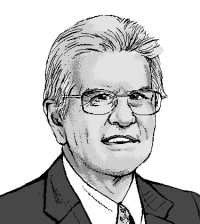The endurance of the Mayan people
Mayan culture and rituals have persisted since their days of ancient glory—but not without major upheavals.

The Maya civilizations of Central America have long fascinated Westerners, especially those intrigued by esoteric and mystical ideas. Mayan prophecies about the end of the world circulated widely in North America back in 2012. Popular interest is often whetted by reports that this great civilization, with mighty cities and temples, vanished suddenly and mysteriously. Speculative television documentaries regularly explore that mystery.
But the resolution of the mystery is quite plain: far from disappearing, the Maya people are still very much present, living where they did in those days of ancient glory, and the vast majority of them practice Christianity, if sometimes in controversial forms.
Read our latest issue or browse back issues.
When the Spanish arrived in Central America, the classic Maya urban civilization was already a distant memory. But people speaking Mayan languages still flourished across the region known today as southern Mexico, Guatemala, Belize, and western Honduras. Those peoples accepted Christian conversion, but incorporated as much as they could of their old animist ways into the new order of faith. This included a fundamental belief in the reciprocal covenant that united the human world with the spiritual realm.
As so often happens in imperial history, traditional Christian beliefs and images were adapted to suit native ways. One local fertility deity remains very popular today as Maximón, or San Simón of Guatemala, easily recognized by the cigar he invariably smokes. Old priestly dynasties repurposed themselves as Catholic cofradías, confraternities, that strictly supervise the ritual life and celebrations of local communities.
Such a syncretistic package is commonplace, but in the Maya case the overtly pagan elements long remained close to the surface. This was evident in the so-called Caste War that raged between 1848 and 1915, with sporadic violence continuing into the 1930s. This was one of the most significant stories in the history of native peoples in the Americas, albeit one scarcely known in the United States. For several decades, Maya peoples liberated themselves from colonial oppression through an extraordinarily bloody revolt and race war, creating a state in Yucatán that was actually recognized by the British Empire.
Three centuries after the Spanish conquest and the formal conversion to Christianity, one could observe a pagan revival among the Mayans, although one tinged with Christian symbolism. The capital of the Maya was the town around the shrine of Chan Santa Cruz, which stood near an old pagan site, which had as its main attraction a deeply venerated Talking Cross. Followers of this millenarian and prophetic movement—the Cruzob people—combined Christian devotion with the veneration of ancestors and traditional prayers.
In the 20th century, Maya religious practice hewed more closely to Catholic norms, while never losing a distinctive aesthetic for representing saints and holy figures. Tourists were enchanted to observe the splendid fiestas and processions that were obviously rooted in pre-Columbian antiquity. Holy Week was marked by spectacular pageantry.
But the Maya world could not remain immune from outside pressures, and two events in particular posed an existential threat. The more immediate danger was the civil warfare that erupted across Central America in the 1980s and which found its bloodiest focus in the Maya heartlands of Guatemala. Perhaps 200,000 perished here, including many civilians murdered by the armed forces. These horrors drove a mass exodus of survivors. Even after the violence subsided, the idea of migration had become popular, and a Maya diaspora emerged across Central and North America. That was a traumatic idea for a people whose values were inextricably bound up with a sacred landscape, with all its shrines and holy places.
Maya faith also encountered something like a Reformation. In its Pentecostal forms, evangelical Protestantism spread rapidly through the region from the 1980s onward, overwhelmingly in Guatemala, more haltingly in southern Mexico.
The new model of faith proved deeply divisive. Traditional elites had no concerns about ordinary people espousing new theologies, but they were alarmed when evangélico converts refused to participate in the fiestas, processions, and ritual celebrations that were the lifeblood of the people. Those converts had no wish to acknowledge Catholic saints, and moreover abstained from the alcohol that was so integral to the festivities, leading them to withdraw from the customary life of the community. Much as in 16th-century Europe, the issue of popular rituals drove bloody conflicts within communities that had existed harmoniously for centuries. Just how those struggles will develop is far from clear, but Protestantism is now thoroughly entrenched among Mayan people.
Today, some 6 million people speak one or more of the Mayan languages, and many others claim at least some Maya heritage. Maya people can also be easily encountered in parts of the United Sates. If you meet one, don’t ask how or when the Mayan people disappeared.
A version of this article appears in the print edition under the title “The endurance of the Mayans.”







